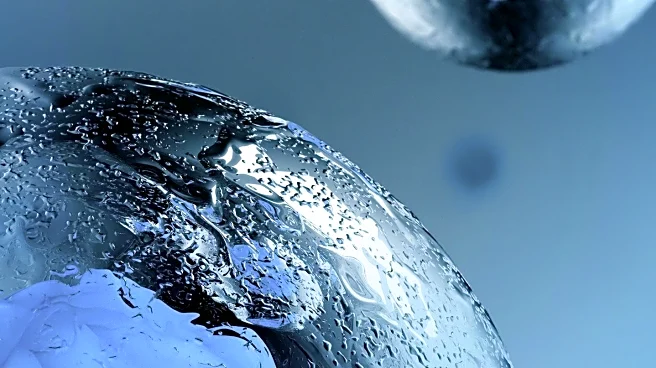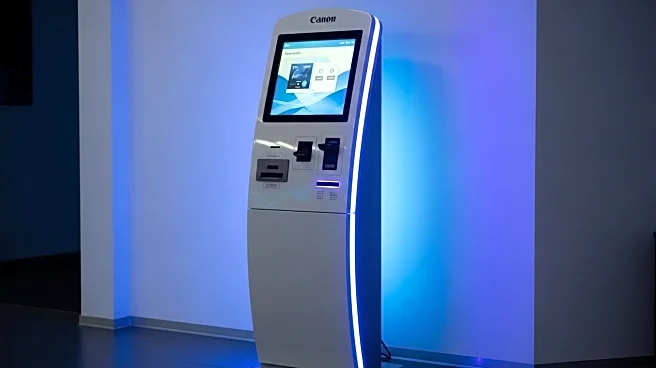What's Happening?
The global scar treatment market is projected to grow significantly, reaching USD 17.83 billion by 2032, according to Coherent Market Insights. This growth is fueled by increasing demand for aesthetic
enhancements and the rising incidence of skin disorders such as acne, burns, and surgical scars. Topical scar products, including creams and gels, are expected to hold a major market share due to their convenience and regulatory approvals. North America currently leads the market, while the Asia Pacific region is emerging as a high-growth area with expanding healthcare access and rising consumer awareness.
Why It's Important?
The growth of the scar treatment market reflects broader societal trends towards aesthetic improvements and self-image consciousness. As more individuals seek cosmetic interventions to minimize visible skin imperfections, the demand for scar treatment products is likely to increase. This trend presents significant opportunities for manufacturers in the scar treatment industry, particularly in regions with expanding healthcare access. However, the high cost of advanced scar treatments may limit accessibility, especially in low- and middle-income regions, potentially dampening overall market demand.
What's Next?
The scar treatment market is expected to continue evolving with innovations in treatment technologies such as laser therapies, silicon-based products, and regenerative medicine techniques. These advancements are likely to enhance treatment efficacy and support market expansion. Additionally, the rise of online retail platforms and the availability of over-the-counter products are making scar treatments more accessible, facilitating early intervention and self-management of scars.
Beyond the Headlines
The shift towards minimally invasive treatments is a key trend shaping the scar treatment market. Consumers are increasingly preferring treatments that offer minimal discomfort, shorter recovery times, and lower risk of complications. This preference is putting topical products and laser-based therapies into the spotlight, potentially driving further innovation and growth in the industry.











